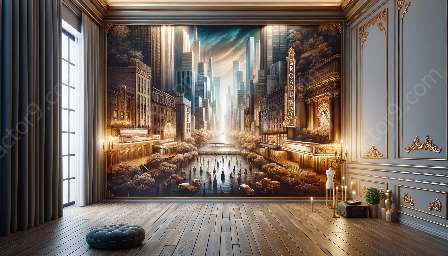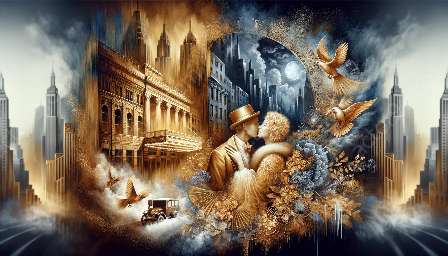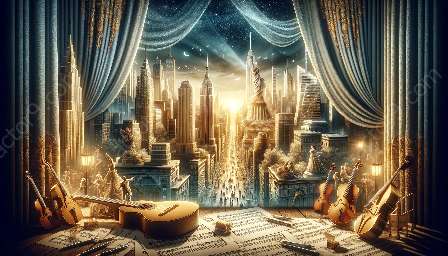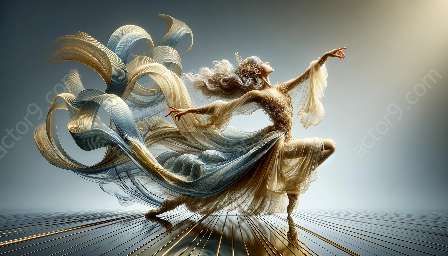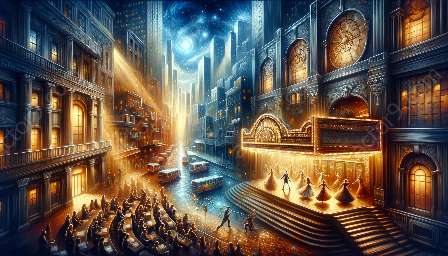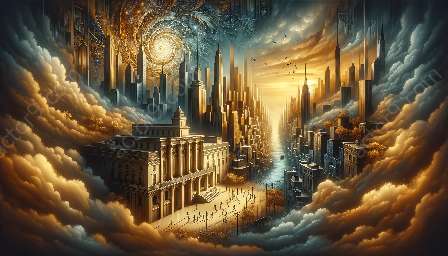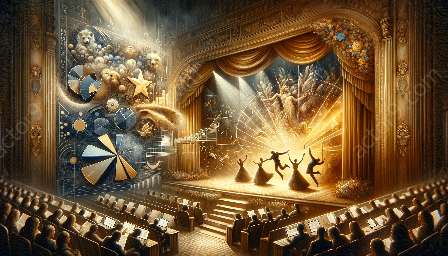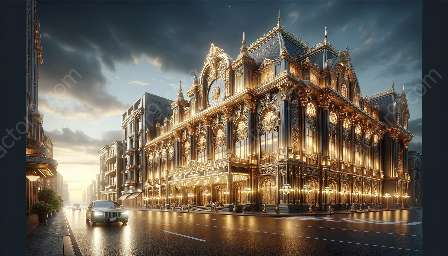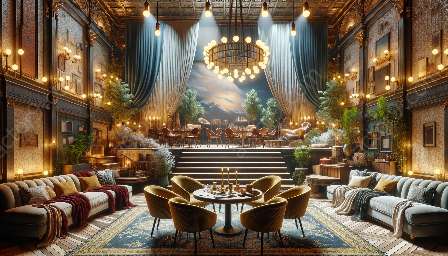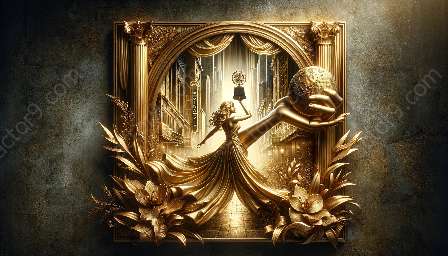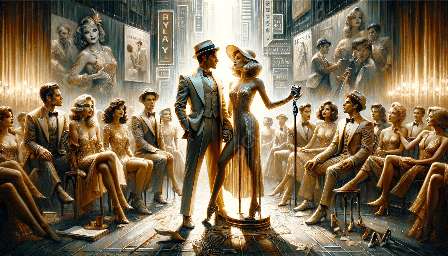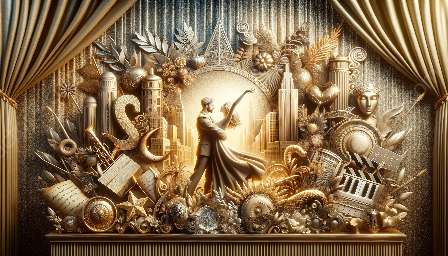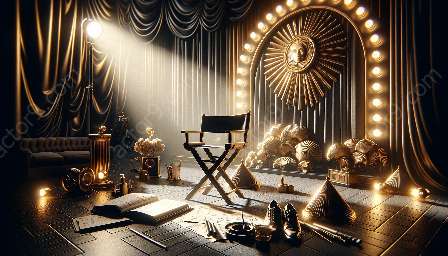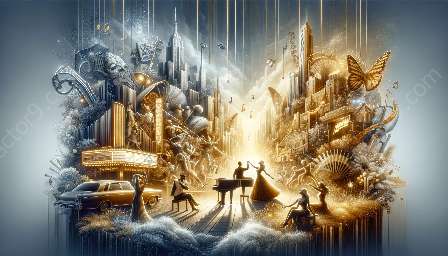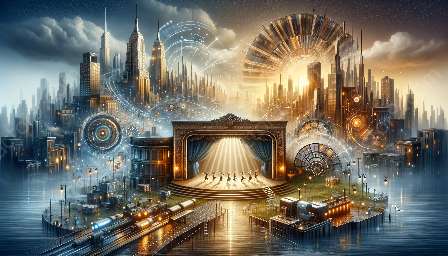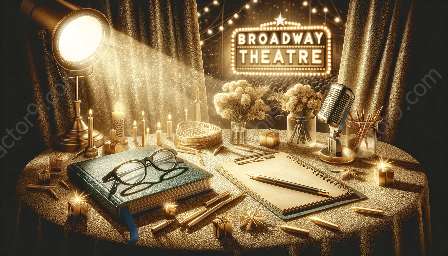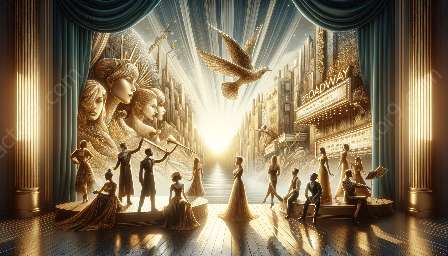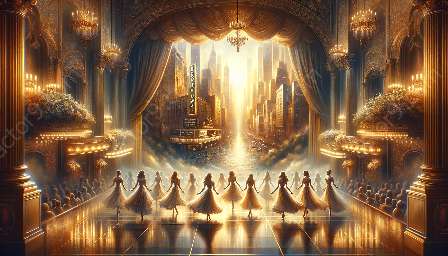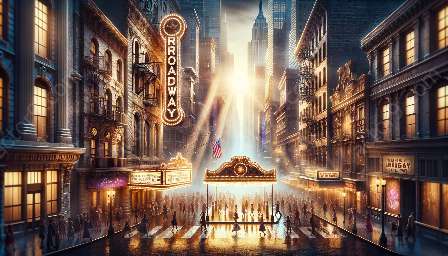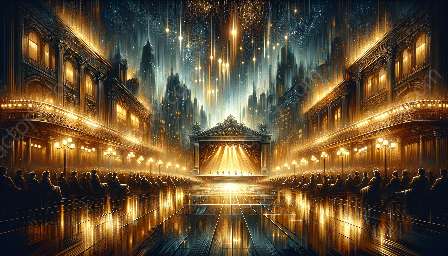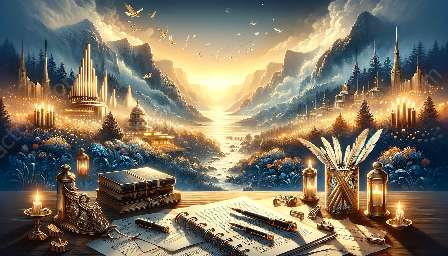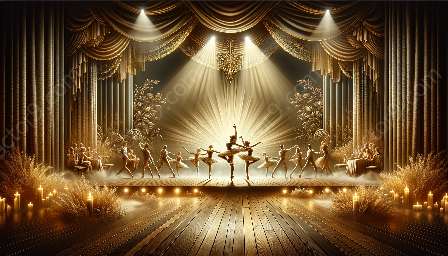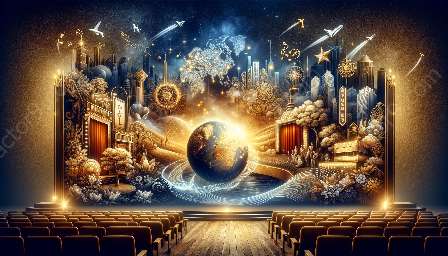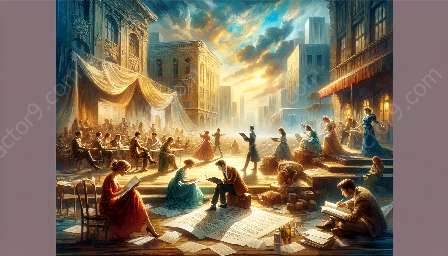Costume design in musical theater plays a critical role in bringing characters to life and setting the tone for the production. This art form is greatly influenced by fashion trends, creating a captivating blend of historical, cultural, and contemporary elements.
Understanding the Influence of Fashion Trends
When delving into the world of costume design for Broadway musicals, it's essential to recognize the impact of fashion trends. Fashion serves as a mirror to society, reflecting the zeitgeist of different eras. Costume designers draw inspiration from various sources, including runway shows, street style, historical attire, and avant-garde fashion movements.
By integrating these trends, costume designers infuse a sense of authenticity and relevance into their creations, allowing audiences to connect with the characters on a deeper level. Whether it's a period piece or a contemporary production, fashion trends provide valuable insight into the visual storytelling of musical theater.
Historical Context and Cultural Significance
Costume design in musical theater often explores historical periods, and fashion trends play a pivotal role in capturing the essence of bygone eras. From the glamorous attire of the Roaring Twenties to the flamboyant styles of the 1980s, fashion trends inform the design choices that transport audiences to different time periods.
Furthermore, costume design is intrinsically linked to the cultural context of the story being told. Fashion trends encapsulate the societal norms, values, and aspirations of a particular era, enabling designers to weave a narrative through fabric, color, and silhouette. By embracing the historical and cultural significance of fashion, costume design becomes a powerful storytelling tool in musical theater.
Fashion as a Reflection of Character and Theme
Costumes in Broadway musicals not only serve as visual representations of characters but also mirror the overarching themes of the production. Through the lens of fashion trends, costume designers infuse depth and symbolism into their work, aligning the attire with the emotional and psychological undercurrents of the narrative.
For example, a character's transformation throughout the show can be accentuated by incorporating evolving fashion trends, symbolizing personal growth and change. Similarly, the contrast between characters' costumes can establish hierarchy, conflict, or harmony, amplifying the dynamics within the storytelling.
Innovation and Collaboration in Costume Design
One of the most fascinating aspects of costume design for Broadway musicals is its ability to push creative boundaries and reinterpret fashion trends in a theatrical context. Costume designers collaborate with directors, choreographers, and set designers to harmonize visual elements, offering a holistic experience for the audience.
By harnessing the evolution of fashion trends, designers introduce innovative techniques, materials, and technologies, showcasing the intersection of traditional craftsmanship with contemporary influences. This dynamic approach to costume design not only reflects the spirit of the times but also propels musical theater into new realms of artistic expression.
The Intersection of Fashion, Broadway, and Musical Theater
As Broadway continues to evolve, fashion has become increasingly intertwined with the world of musical theater, shaping not only the visual aesthetics of productions but also the broader cultural impact of these performances. The influence of fashion trends on costume design transcends the stage, permeating popular culture and inspiring audiences worldwide.
From red carpet premieres to iconic stage ensembles, the marriage of fashion and Broadway has captivated audiences, establishing a symbiotic relationship between the two art forms. As fashion trends continue to evolve, costume design in musical theater remains a dynamic and vibrant reflection of the ever-changing landscape of style and storytelling.

